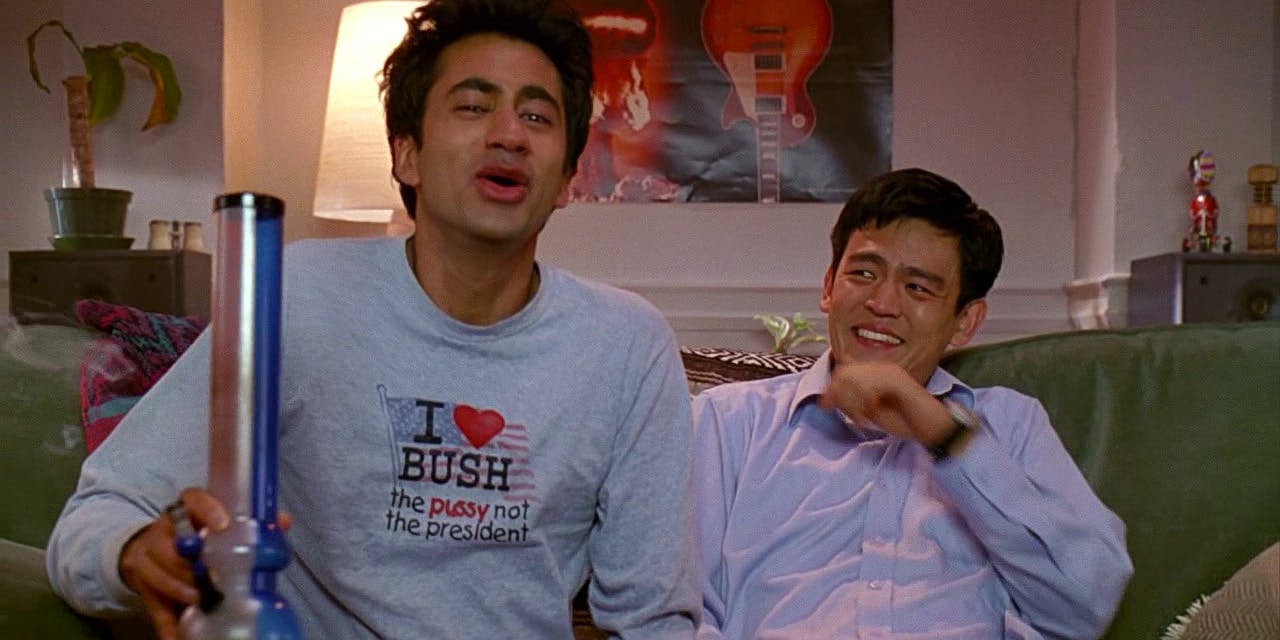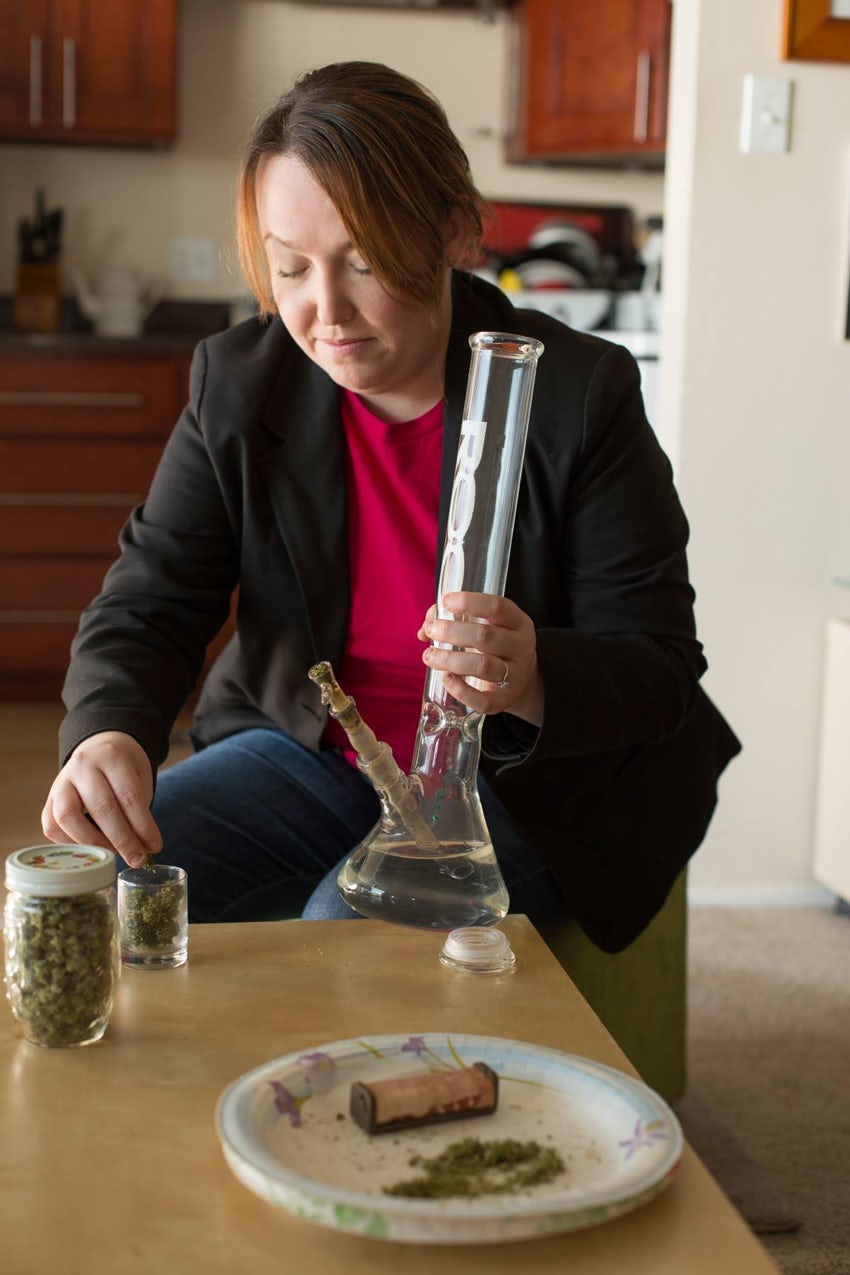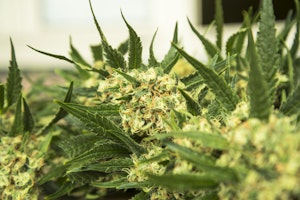
Photo courtesy of Harold and Kumar go to White Castle
4 Reasons the Stoner Stereotype is Disappearing
As weed becomes more accepted, the people who use it do too.
Why are there no more great stoner movies? Seth Rogen and Judd Apatow comedies are good and all, but they’re not the same as Cheech and Chong, Half Baked, or even Harold and Kumar go to White Castle. What happened?
Since weed is more prevalent than ever before, it’d make sense if stereotypes associated with people who smoke weed were everywhere. Instead, stoner stereotypes are disappearing from pop culture altogether. It’s about time and here’s why.
1. Too many people smoke weed now
Only a generation ago, people could get away with portraying stoners as lazy and stupid because weed was still taboo among most Americans. In 1969, 12 percent of adults supported legalization. By 2004, when the original Harold and Kumar came out, still only about a third of Americans were in favor of an end to marijuana prohibition. The success of those movies was contingent on people who smoked weed going along with exaggerated jokes, and people who didn’t know anything about it laughing at what weed does to people. Weed enthusiasts are less forgiving now, and people who don’t know anything about weed are harder and harder to come by.

Newer comedies aren’t stoner movies, but movies with stoner characters. Is Knocked Up a stoner movie? Seth Rogen plays a stereotypical stoner in many ways: he’s lazy, doesn’t have a job, only really cares about smoking weed, and has weird, pothead friends. But, Knocked Up is a movie about a character that changes, most of the jokes have nothing to do with weed.
For people who smoke weed, it’s just a part of life. Stoner stereotypes usually imply that if someone smokes weed, it’s their entire life.There are fewer movies or TV shows with a stoner character. Now, they’re just characters who also happen to smoke weed.
2. Stoner stereotypes are disappearing in the real world too
People who need weed for their health have done a lot to kill stoner stereotypes. Medical marijuana is becoming increasingly accepted. More states are legalizing it and more scientists are investigating it. Since patients range from children with epilepsy to elderly people with arthritis, it’s becoming tougher to put all weed smokers in the same box.

3. The marijuana industry doesn’t like stoner stereotypes
Marketing plays a big role in shaping how people think. Now that marijuana is a semi-acceptable industry, it’s trying to grow. That’s not going to happen if the perception is that their products are only for losers getting high in their moms’ basements.
While some brands in the weed industry play into the taboo nature of bud, most companies are trying to appeal to untapped, mainstream consumers by sanitizing their products as much as possible. This means looking and sounding like any other legitimate health and wellness company. That’s why instead of marijuana leafs and Bob Marley posters, more and more packages feature stock images of models smiling or some other simple, sharp design.
4. Ultimately, stoner stereotypes are disappearing because they’re not true
After nearly a century of misinformation and prohibition, Americans, Canadians, and the world more broadly seem to finally be accepting weed. And with that acceptance, they’re accepting the people who use it too. Most stereotypes are just false and hurtful, the stoner stereotype is no different.
Herb Recommended Products:
READ MORE










